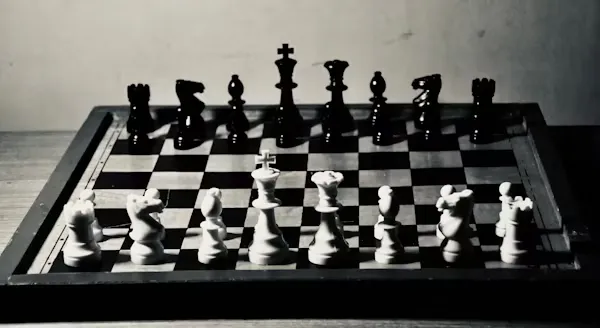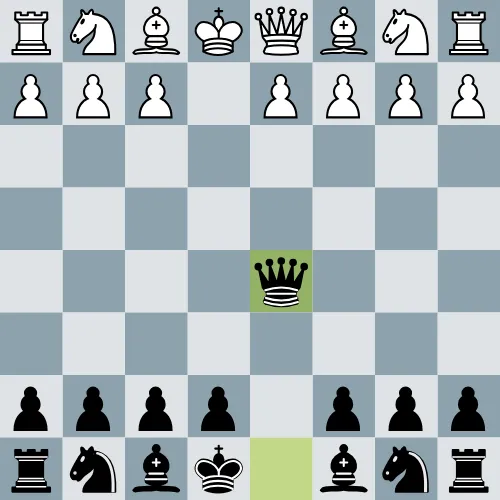Hey there, welcome to a new lesson in the intermediate guide to chess mastery. So far, I am proud to announce that I have covered lessons centered on introducing you to a free online chess playing platform called Lichess and how to use it, some key tips to help you in finding out what to play in the middlegame and the power that comes with combination in chess. Today, I'm going to talk about rules that defile opening principles. These rules are simple dos and don'ts that can occur in a chess game, especially in the opening stage. In the beginner series, one of the opening principle I mentioned there was do not bring out your queen early. So I going to tell you about a rule that breaks this principles. The Scandinavian Defense is a chess opening against 1. e4 that breaks the rule of do not bring out your queen early. The opening goes in this order: e4 d5, exd5, and Qxd5?! The idea is to bring out the queen early to capture the white pawn. It looks like a simple move, but it can get tricky. By bringing out the queen to capture the pawn, it makes the queen a potential target for the white pieces, most especially the white knight on Nb1. It's more like a beautiful lady walks into a bar with men, in this case knights, obviously, for that split second, the attention goes straight to the person who just walked in. And that is exactly what happens on the board as well. Do not get the wrong perception about this defense, but I would not recommend a beginner who is starting to implement opening principles to incorporate this opening unless they have studied the move order or the opening in general. Although there are players who play this opening, do not be surprised when you see it on the chessboard. But it is not a popular opening in top grandmaster games. Also in my beginner's series, under the lesson about the opening principle, I spoke about developing your knight before the bishop, but I did not go into details about where to place your knight. It is very important to remember this: Do not place your knight at the edge of the board. When I say edge of the board, I am referring to h3 and a3 squares for white and black h6 and a6. This is because when placed on these squares, the knight tends to control fewer squares compared to when placed on other squares. Mind you, in the opening phase, you want to control as many squares as possible with your pieces. Although every rule has exceptions and the exception to this rule is only to place your knight at the edge if that is the only safe move for the knight, or you plan not to leave that knight on that square for long. Also, do not be surprised when you see your opponent placing their knight at the edge. Chess players love to play mind games on their opponent, especially when they realize their opponent is a weaker player. I have played games where my opponent has played their knight on the edge, and one player I have had this encounter with is @maestoask, a strong player in our HiveChess tournaments. And that is a wrap for this lesson. See you in the next one. I am @samostically,I love to talk and write about chess because i benefited alot from playing chess and I love writing about chess. ♟♟♟♟♟♟♟♟♟

The Scandinavian Defense Defiles the Early Queen Rule

Knight Placement in the opening phase



